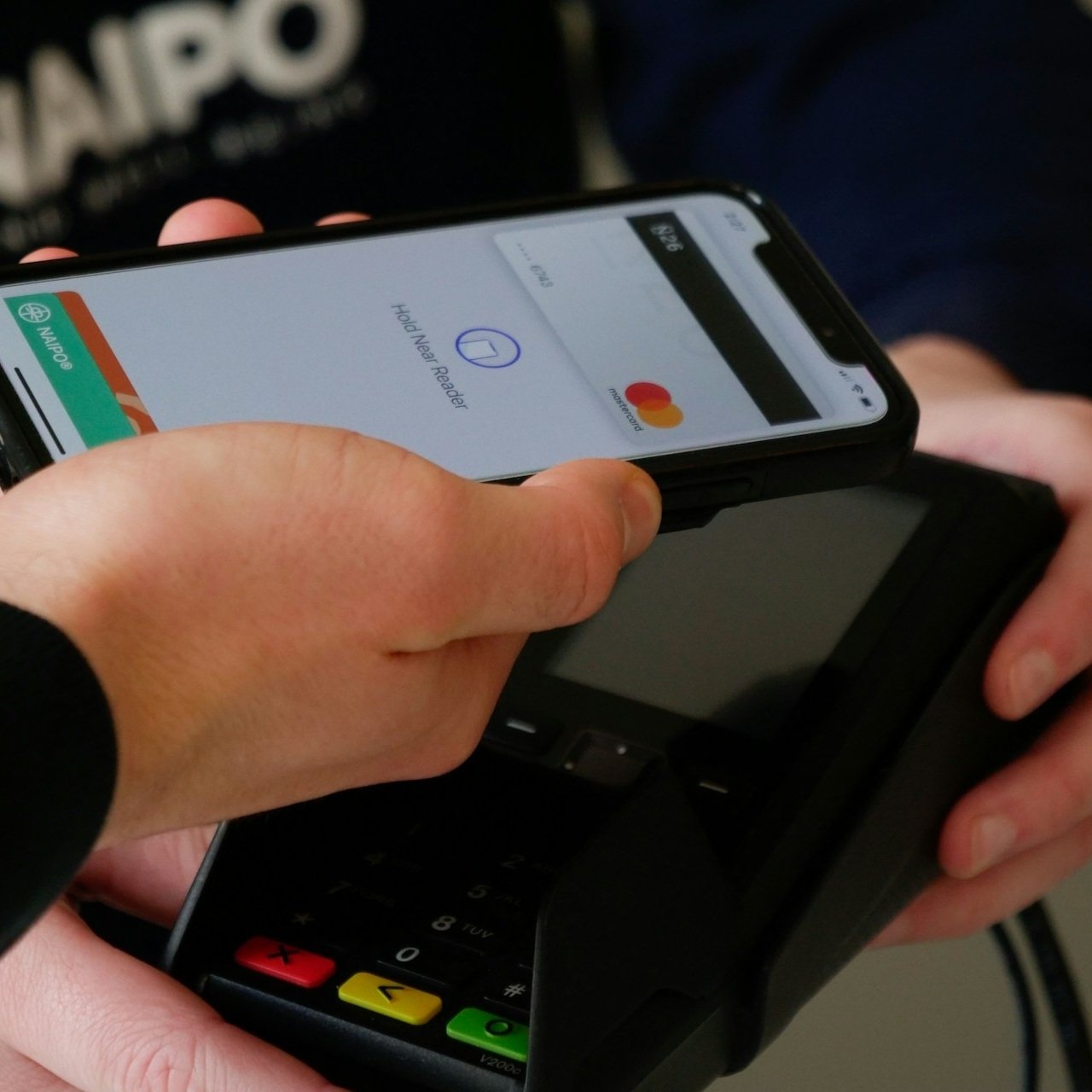Responsible for 15% of the total e-commerce volume in 2021, with expectations to to reach 31% by 2025, implementing Pix is a great opportunity for foreign merchants selling to Latam's biggest market.
Launched in November 2020 by the Central Bank of Brazil, instant payment scheme Pix came to liven up the Brazilian market and meet the needs of its population for a secure, transparent, cheap — and fully digital — payment method.
Pix allows instant money transfers and payments between people, companies and entities, both public and private, in just a few seconds, anytime, any day of the week, including holidays. It’s truly 24/7 and instantaneous, with no additional costs to account holders.
In addition, it is possible to pay invoices, taxes and service fees with Pix. All this in real time, in a practical and secure way, through online banking, mobile banking, and QR Codes.
The procedure of the Pix payment model is simplified and can be performed using QR codes, a mobile number, an email address and tax identification number and random Pix keys, provided by the financial institution. In this way, it guarantees anonymity in cases that are necessary.
As you will see along the content, there are plenty of reasons for your company to offer Pix as a payment method for the Brazilian market. See more details about this feature below!
The relevance of Pix for Brazil and its market
As we’ve already discussed in our blog, Brazil's payments ecosystem has always been totally different from Europe or the US. Now, with Pix, the country is approaching the most modern instant payment models in the world, as it happens among Europeans, through SEPA.
Used by around 130 million Brazilians and responsible for 15% of the total e-commerce volume in 2021 — expected to reach 31% by 2025 — , implementing Pix is a great opportunity as it represents an attractive prospect for e-commerce merchants in the country.
After all, we are talking about the largest economy in Latin America, currently occupying the thirteenth place among the largest economies in the world.
Among the main opportunities that the Pix system promotes, we have:
- it creates an open environment for fintech companies and big techs to work on an easy-to-use payment method for customers and suppliers;
- it allows the emergence of new business models, based on the dynamics of payments by more practical means, such as smartphones;
- it reduces the logistical cost related to the use of paper, such as document storage;
- it leverages market competitiveness and efficiency, as it brings the possibility of faster transactions;
- it promotes financial inclusion, providing greater openness to the population through the creation of digital accounts;
- it improves the customer experience, giving a more dynamic approach to their relationship with shopping.
Very similar to the SEPA system in Europe, it’s mandatory for all major banks in Brazil to offer Pix to its clients. Instant payment transfers can occur at the most diverse transaction levels, such as:
- P2P (peer-to-peer) transactions;
- P2B (peer-to-business) transactions, including e-commerce;
- B2B (business-to-business) transactions, including supplier payments;
- P2G (peer-to-government) transactions, and B2G (business-to-government) transactions, including government fees and tax collection;
- G2P and G2B transactions, such as payroll and social benefits payments, services and contracts.
Constant updates for Pix
Due to Pix’s success, the Central Bank is constantly working on new features for the instant payment method — which has already significantly changed business models and the way Brazilians shop. With the ease that the system offers, some situations tend to grow more and more.
One of the most expected features for Pix, especially from foreign companies selling to Brazil, is cross-border Pix. What the Central Bank strives for is a robust international connection between Pix and other instant payment methods around the world, through which users would be able to make cross-border transfers as easy as it is to make a Pix transfer today.
Unfortunately, still at least a few years away from becoming reality, cross-border Pix could really change the way we think about transfers and payments on a global scale.
Mobile payments on the rise
The use of cell phones for payments is becoming quite common in Brazil, a country with an 87% smartphone penetration rate. E-commerce purchases made through a mobile device represented 65% of all e-commerce in 2021, with expectations of rising to 77% by 2025. The data comes from BoaCompra's white paper Digital Renaissance in Latin America.
Therefore, Pix came along in a time where mobile purchases were already the preference of many consumers, and reached such a quick and wide success by bringing in more agility and innovation for digital payments.
Pix benefits for all parties
Source: Central Bank of Brazil
Partner with BoaCompra to integrate Pix
Thanks to extensive market experience, proven expertise and the fact that we are a part of PagBank PagSeguro, it’s quick and easy to offer Pix as a payment method with BoaCompra Payment Processing Solution. We’re ready to help you increase online conversion with Pix!
Want to know even more about how Pix revolutionizes payments in Brazil and how to offer it in your company? Then get in touch with us by clicking below:





